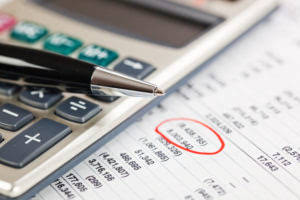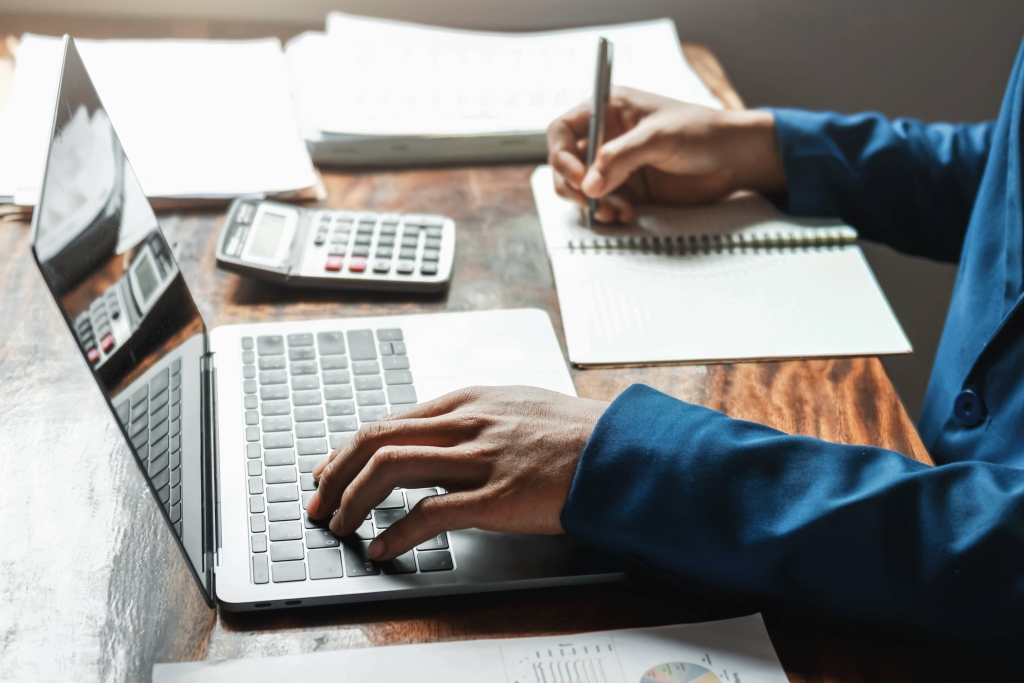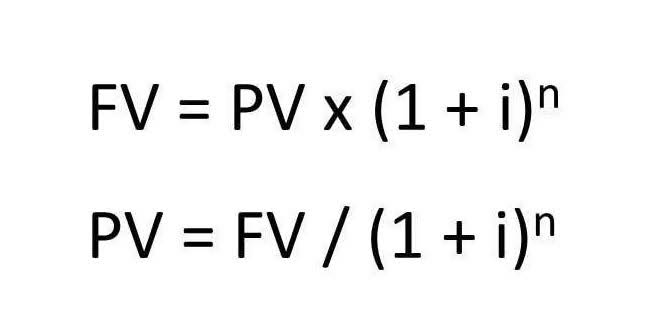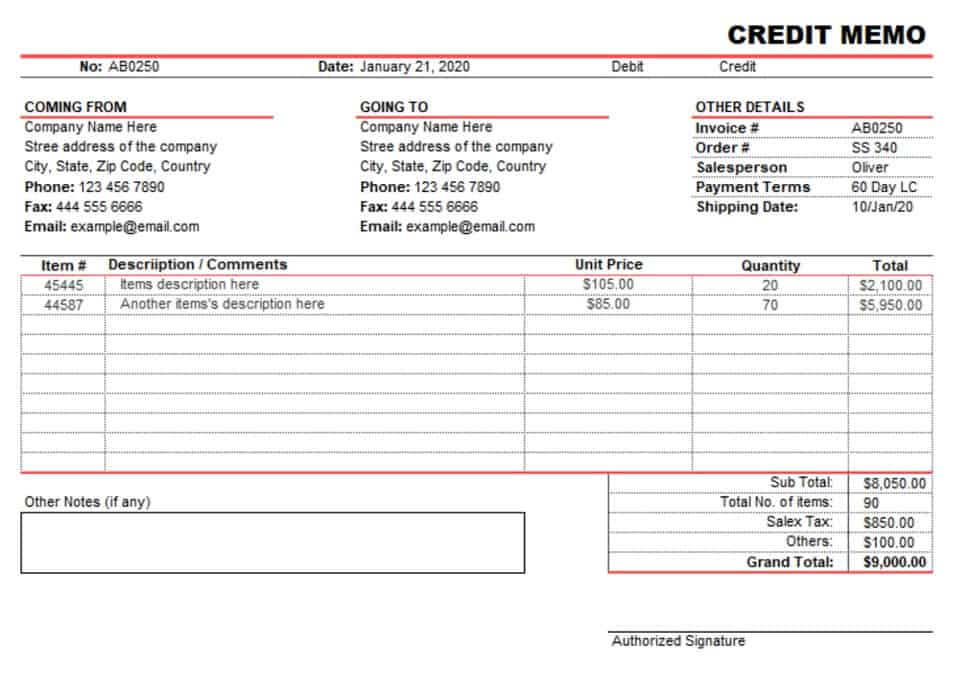
The POS system usually includes an electronic cash register and a software system that tracks purchases daily. Restaurant accounting uses data to assess your restaurant’s financial situation and make business decisions. An accountant will create financial statements, build financial reports, and oversee the bookkeeper’s work. When hiring a bookkeeper or accountant, look for someone with experience working with restaurants.
Finance & Accounting Related Services
- Once you can anticipate your busy times, you can schedule your staff members accordingly.
- However, the cash accounting method can still be a good option for smaller restaurants since it’s the easiest.
- This practice allows you to identify potential cash flow issues and make necessary adjustments to ensure the financial stability of your establishment.
- As you grow, you will have to continually modify your bookkeeping system to meet your needs.
- This guide explores essential tips and practical examples to streamline your restaurant’s bookkeeping process.
- As a general rule, your cost of goods sold should make up about one-third of your restaurant’s total expenses.
Manual bookkeeping increases the likelihood of accounting errors due to data entry mistakes or inconsistencies. how to do bookkeeping for a restaurant Failing to monitor inventory costs disrupts your ability to calculate cost of goods sold and control expenses. Skipping this step can lead to inaccurate financial records, especially when integrating multiple restaurant revenue streams like dine-in and online orders. Establishing an efficient bookkeeping system is crucial for managing the unique financial needs of the restaurant industry.
Perfect Your Accounting Setup with MarketMan

Let’s consider each of the major expense categories as a percentage of overall restaurant expenses. Sign up to receive more well-researched small business articles and topics in your inbox, personalized for you. At Elevar, we’re financial partners who help businesses of all shapes and sizes to make ends meet and expand without roadblocks. Regardless of the amount of money that comes in or goes out, be sure to record those transactions every day. These entries are recorded in the same ledger (where the dollar amounts should match) and serve to ensure that your books are always balanced.
Setting Up Your Books

A reputed accounting outsourcing service provider will implement sophisticated POS systems to automate sales tracking and generate daily sales reports. One of the largest and most impactful variables in restaurant bookkeeping is labor costs. Without proper tracking and control, these costs can have a dramatic effect on your business’s bottom line. Accurate and timely recording of daily sales is essential for tracking revenue and identifying trends.
- A unique job duty of a restaurant bookkeeper is to track employee tips and ensure taxes are properly withheld from base pay to cover tips.
- In the restaurant industry, managing payroll is multifaceted, involving complexities such as tip credits, minimum wage laws, and staff scheduling considerations.
- You’ll also need to keep constant track of inventory, food and pour costs, prepaid accounts, short pays and vendor credits, and tips.
- If your accounts don’t reconcile, it may be a sign that funds are being misused, or worse being stolen.
- You can easily track any incorrect deposits, lost invoices, or sales discrepancies.
- They can also manage how much of their funds are deposited into their IRA or bank accounts.

If your restaurant follows the accounting period, which is recommended, you’ll have 13 accounting periods in a year. We save you money the moment you hire us by cutting out the expensive cost of hiring an in-house CFO. Many restaurants rely on part-time or seasonal employees to avoid this expense. Once you can anticipate your busy times, you can schedule your staff members accordingly. You need a parent account for both Costs of Goods sold and Payroll costs. Then, you want subaccounts under each of those with the level of detail you desire.
- Implementing an inventory management system ensures accurate tracking and provides essential data for cost analysis.
- Prime costs represent the combined food costs and labor costs, the largest expenses in the restaurant industry.
- To keep everything organized in your restaurant bookkeeping, create categories for all of your income and expenses.
- You would then have a payment approver approve any bills they want to be paid at any time.
- 59% of restaurants say improving digital customer engagement is a top strategic goal for tech investment, according to HT’s 2024 Restaurant Technology Study.

This KPI calculates the average amount each customer spends during a visit. It provides insights into customer spending patterns and helps identify up-selling opportunities. By analyzing average check size, restaurants can develop strategies to increase customer spending and maximize trial balance revenue per guest. Proactive measures such as implementing internal controls and conducting periodic financial audits are essential to overcome these challenges. Internal controls, including segregation of duties and authorization protocols, can help prevent errors and detect irregularities in financial transactions.

Use this step-by-step guide to restaurant accounting to make your bookkeeping tasks simple and accurate. Understanding where your money goes is essential for allocating resources effectively. Accounting helps track inventory Law Firm Accounts Receivable Management costs, manage payroll, and determine spending priorities.
A chart of accounts makes it easier to locate specific accounts to identify trends, generate accurate financial statements, and make improvements. While accounting for restaurants can be arduous, it doesn’t have to be a daily struggle if you choose the right approaches. With so many different moving parts, handling the bookkeeping for a restaurant can be complicated.
